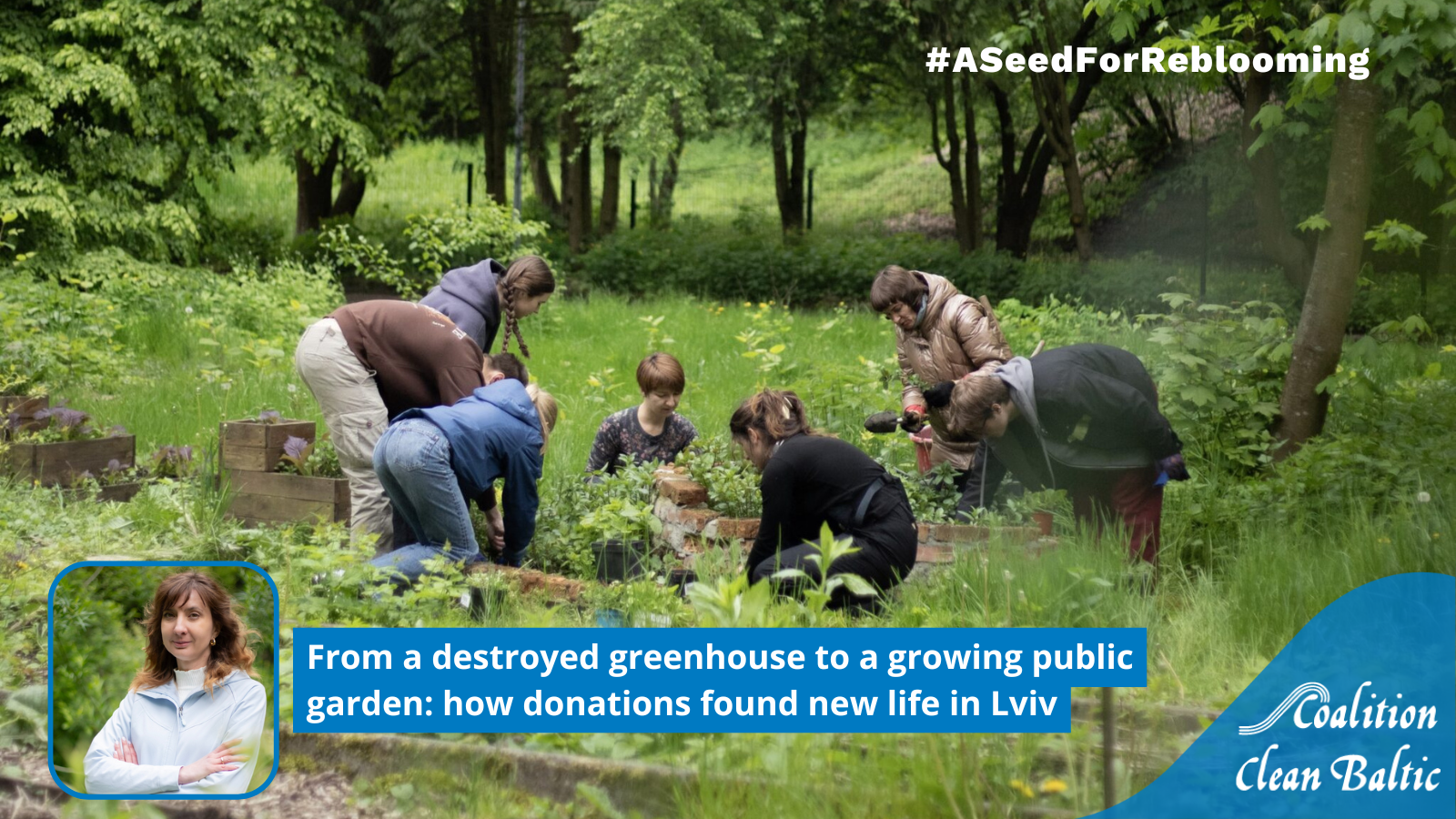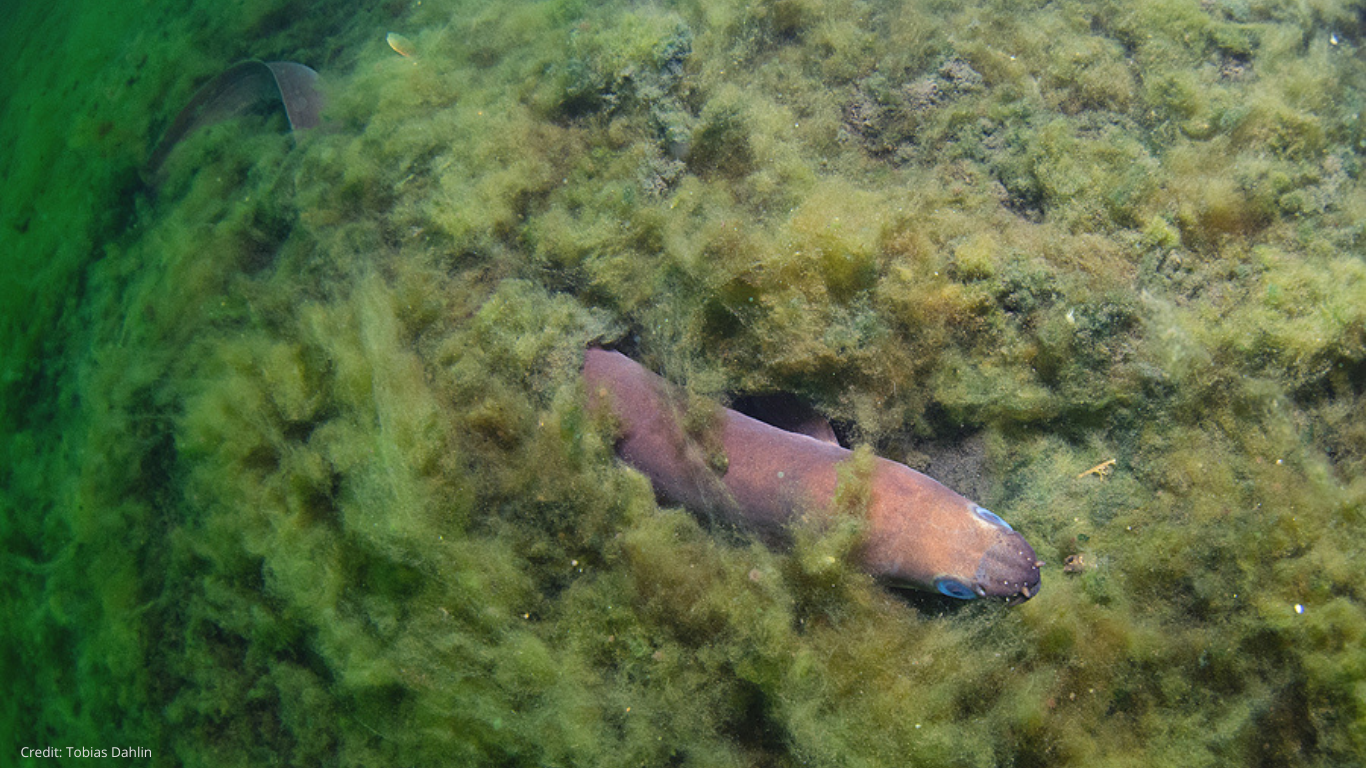NGOs Welcome Commission's Precautionary Baltic Sea Fishing Limits for 2026
Council Must Follow Commission's Lead to Protect Critical Small Pelagic Fish Populations

27 August 2025 – Environmental NGOs (Deutsche Umwelthilfe, FishSec, Swedish Society for Nature Conservation and WWF Baltic Sea Programme) welcome the European Commission's proposal for 2026 Baltic Sea fishing opportunities, published on the 26th of August. The organisations urge EU Fisheries Ministers to support these precautionary measures when the Council meets to decide final fishing limits in October.
Alarming Stock Status Demands Precautionary Action
The Commission's precautionary proposal reflects that the Baltic Sea marine ecosystem is in crisis. Of four herring populations, only the Gulf of Riga stock remains healthy. The population of the Central Baltic herring remains low, Bothnian herring stock has experienced steep decline, whilst western Baltic herring remains at critically low levels with scientists recommending zero catch since 2019.
The Baltic sprat population has also declined due to very low recruitment from 2021-2023. Despite minor signs of stock improvement, the predicted strong year class of 2024 is tied to a single survey in one area of the Baltic Sea. The positive recruitment forecast hence carries significant uncertainties.
“The Commission has shown responsible leadership by proposing to maintain central Baltic herring and sprat catches unchanged whilst significantly reducing Bothnian herring fishing limit by 62% to protect these depleted stocks," says Cathrine Pedersen Schirmer, Senior Fisheries Policy Officer from FishSec.
Critical Role of Baltic Sea Forage Fish
Sprat and herring are not merely commercial species – they are the backbone of the Baltic Sea ecosystem. A recent report "Small Fish with a Big Impact" reveals that these small pelagic fish occupy a pivotal position in the Baltic Sea food web, serving as prey for top predators such as cod, salmon, seabirds and marine mammals, whilst simultaneously acting as predators of zooplankton.
This dual role makes them essential for transferring energy and nutrients from lower to higher trophic levels. "These small fish are the backbone of the Baltic Sea ecosystem," says Cathrine Pedersen Schirmer from FishSec. "The Commission's precautionary proposal on fishing limits on herring and sprat offers a vital opportunity to rebuild these depleted stocks – essential not only for marine biodiversity but for the long-term viability of Baltic fisheries."
Council Must Resist short sighted decisions
Due to the critical state of the majority of Baltic Sea small pelagic fish populations, NGOs call on EU Fisheries Ministers to resist industry pressure and support the Commission's proposal on precautionary fishing limits on herring and sprat at the upcoming October Agriculture and Fisheries Council, AGRIFISH.
Past Council decisions have repeatedly set fishing limits above scientifically advised levels, failing to meet legal obligations under both the Baltic Multiannual Plan and the Common Fisheries Policy. Article 4.6 of the Baltic Multiannual Plan specifically requires fishing limits be set in such a way that it ensures the probability of stocks falling below critical spawning stock biomass limits remains below 5% – a safeguard frequently ignored in political negotiations but fully respected in the Commission’s proposal.
“The Commission demonstrates that it’s taking the dire situation in the Baltic Sea seriously. Ensuring healthy sprat and herring populations is a crucial step that could contribute to the rebuilding of depleted cod and salmon populations. Now it’s up to the EU fisheries ministers to decide on Baltic Sea fishing limits that allow for the recovery of Baltic Sea fish populations – for the benefit of people and nature - says Justyna Zajchowska, Fisheries Lead for WWF Baltic Sea Programme.
By adoption of the Commission's proposal on Baltic Sea fishing opportunities for 2026 the EU ministers would make a step towards implementation of the ecosystem-based approach to fisheries management - an important and legally binding objective of the EU Common Fisheries Policy.

